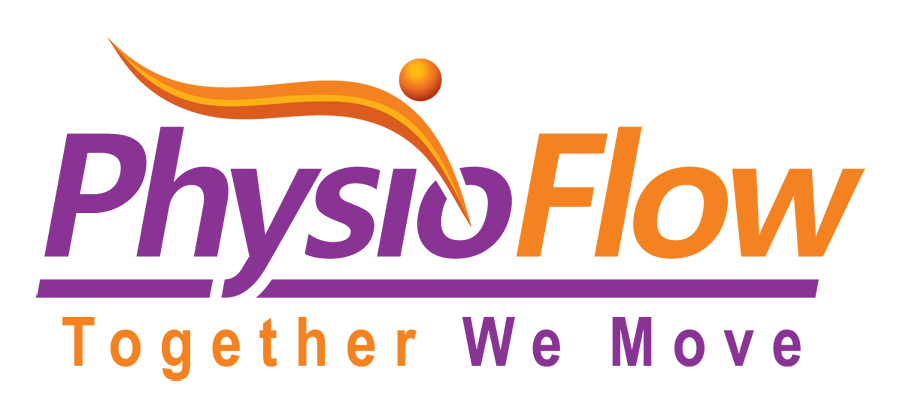Back And Hip Pain Treatment Thornhill: Pain Ends Here
Suffering from back and hip pain can significantly diminish your quality of life, making everyday tasks feel insurmountable. PhysioFlow provides effective treatments tailored to address and alleviate your pain. Whether your pain stems from an acute injury, a chronic condition, or lifestyle factors, we're here to guide you through your recovery journey.
Most lower spine problems are caused by a herniated disc that presses on nerves in the spinal column. This produces the pain known as sciatica, which can be felt in the hip
common sources OF back & hip PAIN
The following are some common sources of Back and Hip pain. Click on each link to read more information about the symptoms and remedies for each pain.
Stop Pain in Its Tracks
At PhysioFlow, we're dedicated to helping you understand the underlying causes of your back and hip pain and providing comprehensive treatment options to address them. Our Thornhill team employs the latest techniques and a holistic approach to ensure you achieve the best possible outcomes.
Don't let back and hip pain hold you back from living your life to the fullest. Contact us today to schedule your appointment, and take the first step toward a pain-free future.
Common Conditions, Exceptional Treatments
- Spine Pain
- Shoulder and Neck Pain
- Elbow Pain
- Wrist and Hand Pain
- Back and Hip Pain
- Knee Pain
- Ankle and Foot Pain
- Sports Injuries
Back And Hip Pain Treatment Thornhill FAQs
-
Preventing back and hip pain involves a combination of lifestyle adjustments, physical activity, and ergonomic practices. Regular exercise, particularly activities that strengthen the core and improve flexibility, can significantly reduce the risk of pain. Maintaining a healthy weight helps minimize stress on the back and hips. It's also important to adopt proper posture when sitting and standing and to use ergonomically designed furniture that supports the natural curves of your spine. Additionally, being mindful of how you lift heavy objects—by bending at the knees and keeping the load close to your body—can prevent strain.
-
The recovery time from back and hip pain varies widely depending on the underlying cause, the severity of the pain, and the treatment method employed. For acute pain resulting from minor injuries or strains, recovery can take a few days to a few weeks with proper rest and conservative treatment. Chronic or more severe conditions may require several months of consistent treatment. It's important to follow your healthcare provider's recommendations and allow your body time to recover, as rushing the recovery process can lead to further injury.
-
Modifying your workspace to support proper posture can greatly reduce back and hip pain. Ensure that your chair supports the natural curve of your spine, your feet rest flat on the floor or on a footrest, and your knees are at hip level. The computer screen should be at eye level to prevent you from straining your neck and back. If possible, use a standing desk or take frequent breaks to stand and stretch. Ergonomic keyboards and mouse pads can also reduce strain. Making these adjustments can help minimize pain and prevent future discomfort.
-
Poor footwear can significantly contribute to back and hip pain. Shoes that lack proper support or do not fit correctly can alter your gait and posture, leading to increased stress on your back and hips. High heels, for example, can tilt your body forward, forcing you to compensate by changing the way your body naturally aligns. This can strain your back and hip muscles, leading to discomfort and pain. Opting for shoes with proper arch support, cushioning, and a comfortable fit can help maintain proper posture and distribute your body weight evenly, reducing the risk of pain.
-
Manual therapy and targeted exercise programs offer a robust solution for managing and preventing recurring back pain. Through techniques like massage, manipulation, and mobilization, manual therapy works to alleviate immediate pain and increase joint mobility. On the other hand, customized exercise routines aim to strengthen core muscles, enhance flexibility, and improve overall posture. This dual approach not only addresses the present discomfort but also targets the underlying causes of back pain. By focusing on both treatment and prevention, it’s possible to significantly reduce the recurrence of back pain, leading to better mobility and quality of life in the long run.
-
Using a back brace continuously can lead to dependency and weaken your core muscles, which is not ideal for long-term health. However, utilizing a back brace during the recovery phase to offer additional support and protection during physical activities, or employing it short-term to alleviate severe pain and muscle spasms, can be beneficial. Our registered physiotherapists offer tailored guidance on the judicious use of back braces, ensuring you avoid potential downsides and fully leverage their protective benefits.










